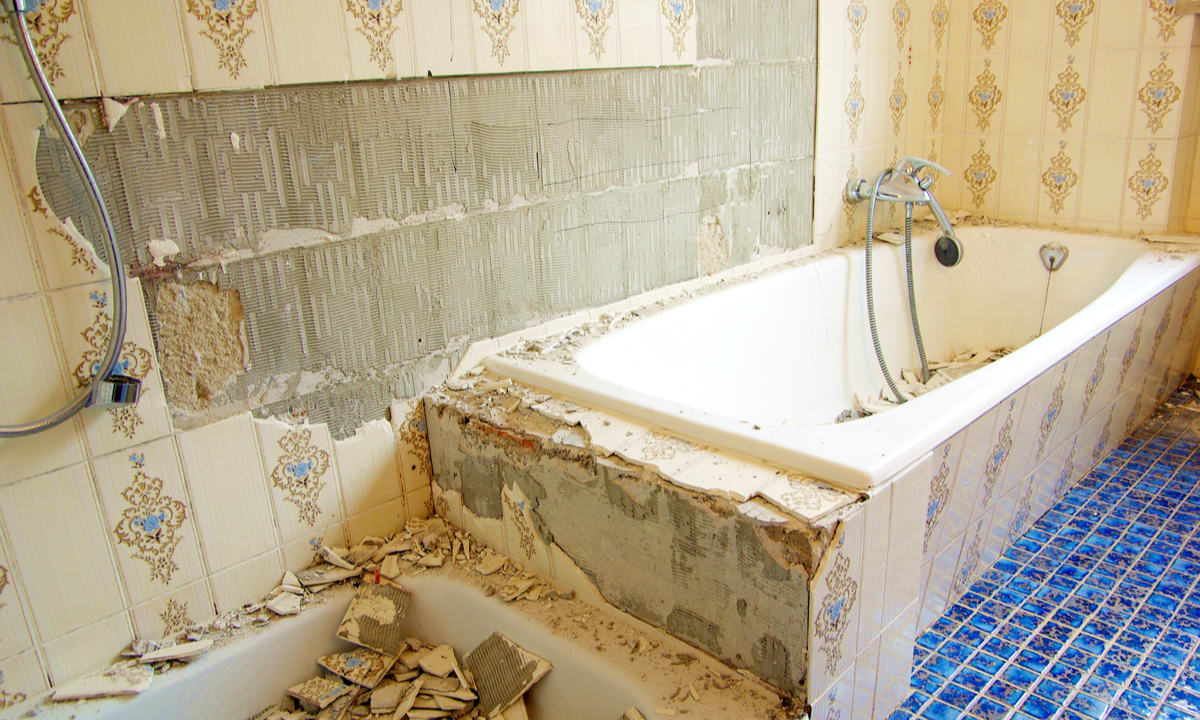Walk-In Showers in the U.S. 2025: Styles, Costs, and Benefits
Walk-in showers have become increasingly popular in American homes, offering a modern alternative to traditional bathtub-shower combinations. These accessible bathroom fixtures provide easier entry and exit, making them suitable for homeowners of all ages and mobility levels. As we move into 2025, walk-in showers continue to evolve with new design trends, materials, and installation techniques that enhance both functionality and aesthetic appeal.

Why Choose a Walk-In Shower?
Walk-in showers offer numerous advantages over conventional shower setups. The barrier-free design eliminates the need to step over a high threshold, reducing slip and fall risks significantly. This accessibility feature makes them particularly valuable for aging-in-place home modifications and households with mobility concerns.
From a design perspective, walk-in showers create an open, spacious feeling in bathrooms, making smaller spaces appear larger. They also provide greater flexibility for wheelchair users and those who require shower chairs or other mobility aids. The seamless transition from bathroom floor to shower area creates a sleek, modern appearance that many homeowners find appealing.
Maintenance becomes simpler with walk-in showers since there are fewer crevices and corners where soap scum and mildew can accumulate. The streamlined design typically features larger surfaces that are easier to clean and maintain over time.
Walk-In Shower Options in the United States
American homeowners can choose from several walk-in shower configurations to suit their space and budget requirements. Curbless showers represent the most accessible option, featuring a completely flat entry with no barrier between the bathroom floor and shower area. These require careful waterproofing and proper floor grading for effective drainage.
Low-threshold showers provide a compromise between accessibility and water containment, featuring a small barrier typically measuring one to two inches in height. This option works well for homes where complete floor modification is not feasible.
Pre-fabricated shower bases offer a more affordable installation option, with various sizes and styles available from manufacturers. These units come ready to install and can significantly reduce labor costs compared to custom-built options.
Tile-ready shower pans allow for customization while providing the necessary waterproof foundation. These systems enable homeowners to select their preferred tile or stone finishes while ensuring proper drainage and water management.
Factors That Influence Costs
Several variables affect walk-in shower installation expenses across the United States. Bathroom size and layout modifications represent significant cost factors, particularly when plumbing relocation or structural changes are necessary. Homes requiring floor reinforcement or drainage system updates will see higher overall project costs.
Material selection dramatically impacts pricing, with basic fiberglass units starting at lower price points while natural stone, custom tile work, and premium fixtures increase expenses substantially. Geographic location also affects costs, with urban areas and regions with higher labor costs typically seeing elevated installation prices.
Existing bathroom condition influences project scope and pricing. Bathrooms requiring complete renovation will cost more than simple shower replacements in updated spaces. Permit requirements vary by location and project scope, adding additional costs in some areas.
| Shower Type | Provider Examples | Cost Range |
|---|---|---|
| Pre-fab Fiberglass | Lowe’s, Home Depot | $1,200 - $3,500 |
| Tile-Ready Systems | Schluter, Wedi | $2,500 - $6,000 |
| Custom Tile Build | Local Contractors | $4,000 - $12,000 |
| Luxury Stone Install | Bath Planet, Re-Bath | $8,000 - $20,000 |
Prices, rates, or cost estimates mentioned in this article are based on the latest available information but may change over time. Independent research is advised before making financial decisions.
Tips Before Installing a Walk-In Shower
Planning represents the most critical phase of any walk-in shower project. Homeowners should carefully measure their space and consider traffic flow patterns to ensure adequate room for shower use and bathroom navigation. Professional consultation helps identify potential structural issues before construction begins.
Drainage planning requires particular attention in walk-in shower installations. Proper slope calculation ensures water flows effectively toward drains without creating standing water areas. Many installations benefit from linear drain systems that provide better water management than traditional center drains.
Building code compliance varies by location, making permit research essential before beginning work. Some areas require specific accessibility features or waterproofing methods that affect design choices and installation procedures.
Timeline considerations help homeowners prepare for temporary bathroom unavailability during construction. Most walk-in shower installations require several days to complete, with custom tile work extending project duration significantly.
Installation and Design Considerations
Professional installation typically yields better long-term results than DIY approaches, particularly for complex projects involving plumbing modifications or structural changes. Licensed contractors understand local building codes and proper waterproofing techniques essential for preventing future water damage.
Fixture placement affects both functionality and aesthetics in walk-in shower designs. Shower controls should remain accessible from outside the direct water spray, while grab bars and seating options require proper wall reinforcement for safety.
Ventilation planning prevents moisture problems that can lead to mold and mildew growth. Adequate exhaust fan capacity and proper installation ensure moisture removal during and after shower use.
Walk-in showers represent a valuable investment in home accessibility, safety, and modern design. With proper planning, quality installation, and appropriate material selection, these bathroom features enhance daily living while potentially increasing home value. The variety of options available in 2025 ensures that most homeowners can find solutions that meet their specific needs, budgets, and style preferences while creating more functional and attractive bathroom spaces.




